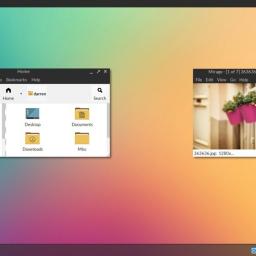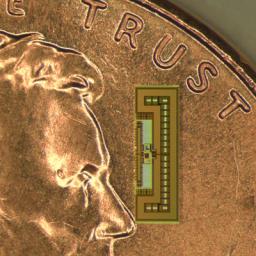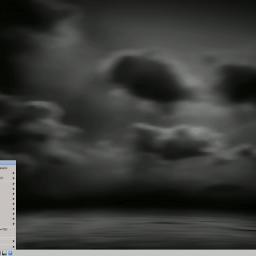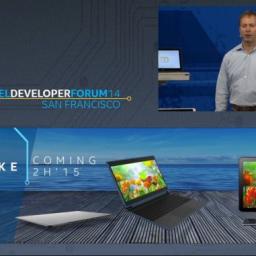Jeff Hoogland announces he'll step down as leader of Bodhi Linux
 Sad days for fans of Bodhi Linux1: project lead Jeff Hoogland has announced he will be stepping down, and the project is in search of a volunteer or supporter to take over the leadership role of this unique distro.
Sad days for fans of Bodhi Linux1: project lead Jeff Hoogland has announced he will be stepping down, and the project is in search of a volunteer or supporter to take over the leadership role of this unique distro.There's more information - and a fair bit of anxiety - over at the Bodhi Linux forums.
This isn't necessarily the end of the distro, but there's no mistake this distro was very much his baby, and his vision and leadership have made it what it is. If you've never tried it, give it a spin. BodhiLinux starts with the Ubuntu base and installer, but strips out anything Gnome and replaces it with the Enlightenment 17 (E17) desktop environment. E17 is an amazing bit of work - a total rewrite from E16 that took years in the making. It's graphically very enticing, with carefully designed accents (animations, eye candy) that serves a useful purpose. You don't get wobbly windows, which is bling for the sake of bling. Instead, everything is very subtle and very useful. And on your E17 desktop you can download and install from Bodhi's - which are essentially Ubuntu's - repositories.
One of E17's most useful tricks is configuration profiles that provide different functionality for different machines or situations: there's a desktop, laptop, and tablet configuration, each with defaults that make sense for your likely hardware and situation. I'd love to try it on a tablet. You can get E17 on other distros, including Ubuntu, but by installing Bodhi you got a clean, useful, and well-configured Enlightenment desktop minutes after installing with no fuss. Lastly, E17 is phenomenally resource-conserving, so it runs blisteringly fast even on lightweight machines, and its install footprint is very small. It ran great on my Intel Atom netbook, and almost-as-great on a Pentium 4 with a gig of RAM.
This is a reminder that distros are a lot of work, and consist of long, thankless hours that you don't necessarily get to spend with your family or lounging in front of the TV. Many thanks to Jeff for a fantastic Linux distro, and thanks in advance to whichever hero decides to step up to the plate and continue where he left off.
1 [Ed. note: and I'm one of them! Bodhi has been one of my favorites since it came out.]






